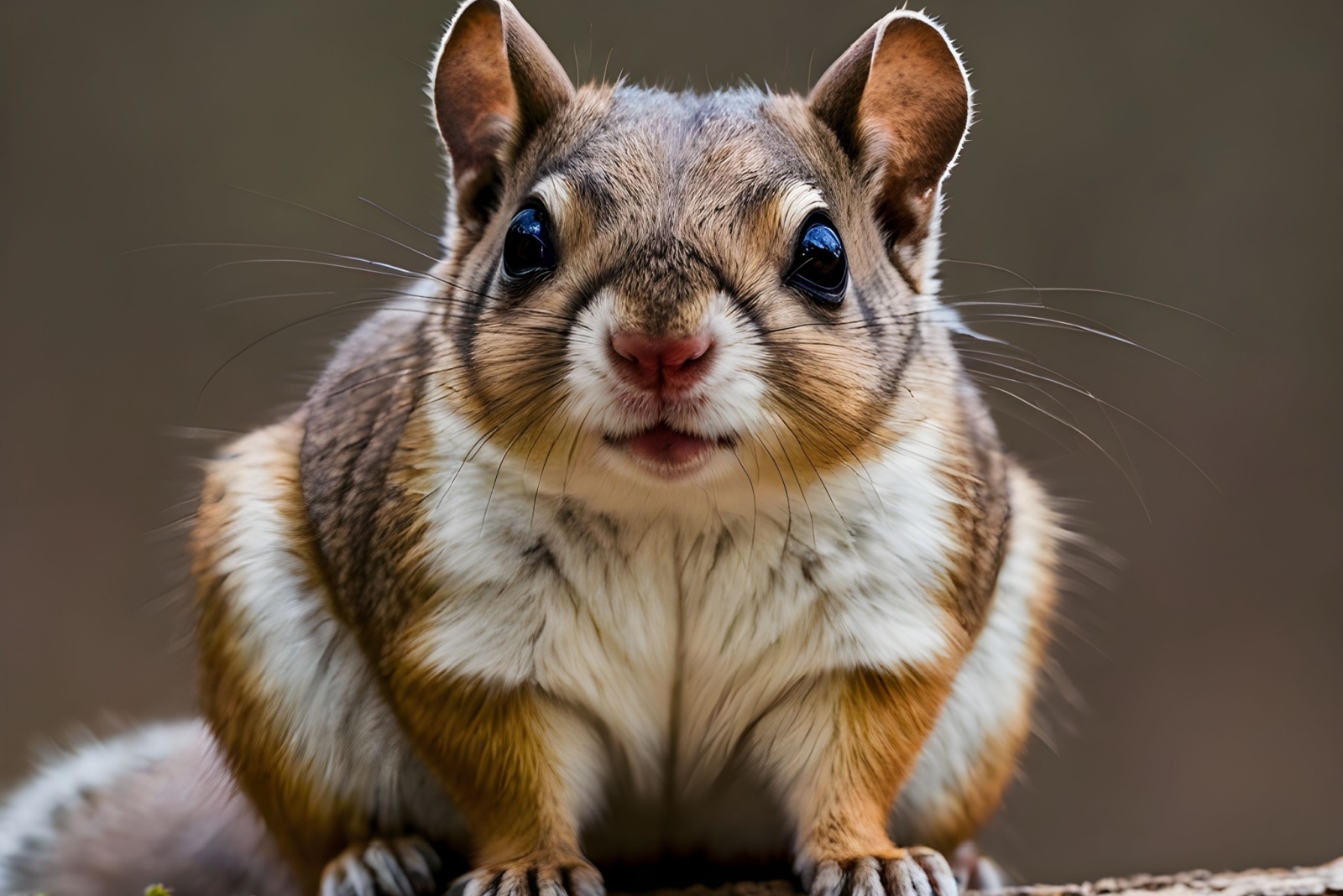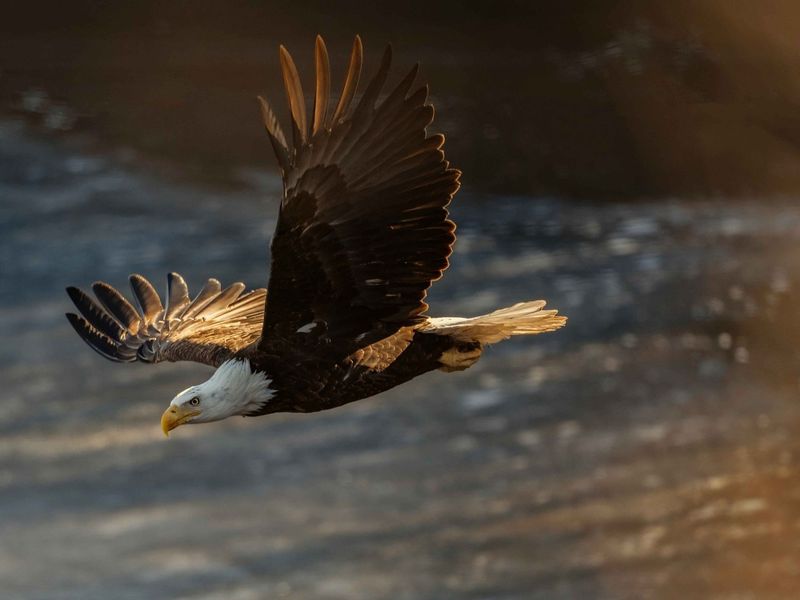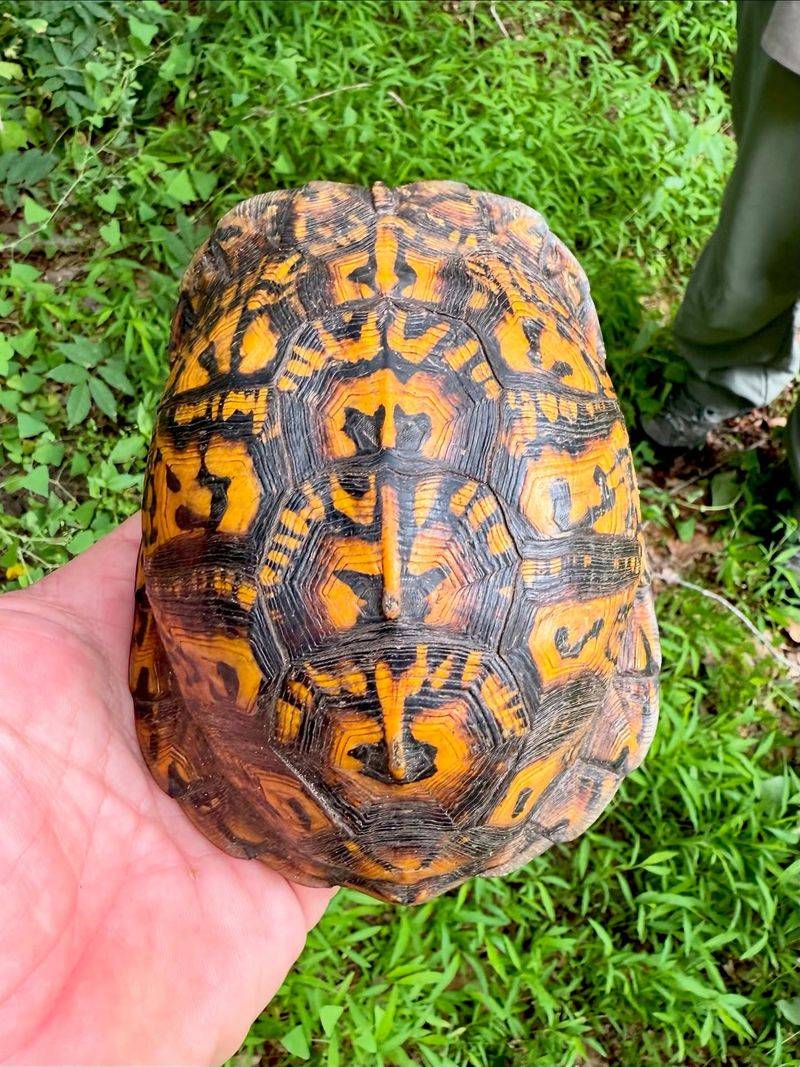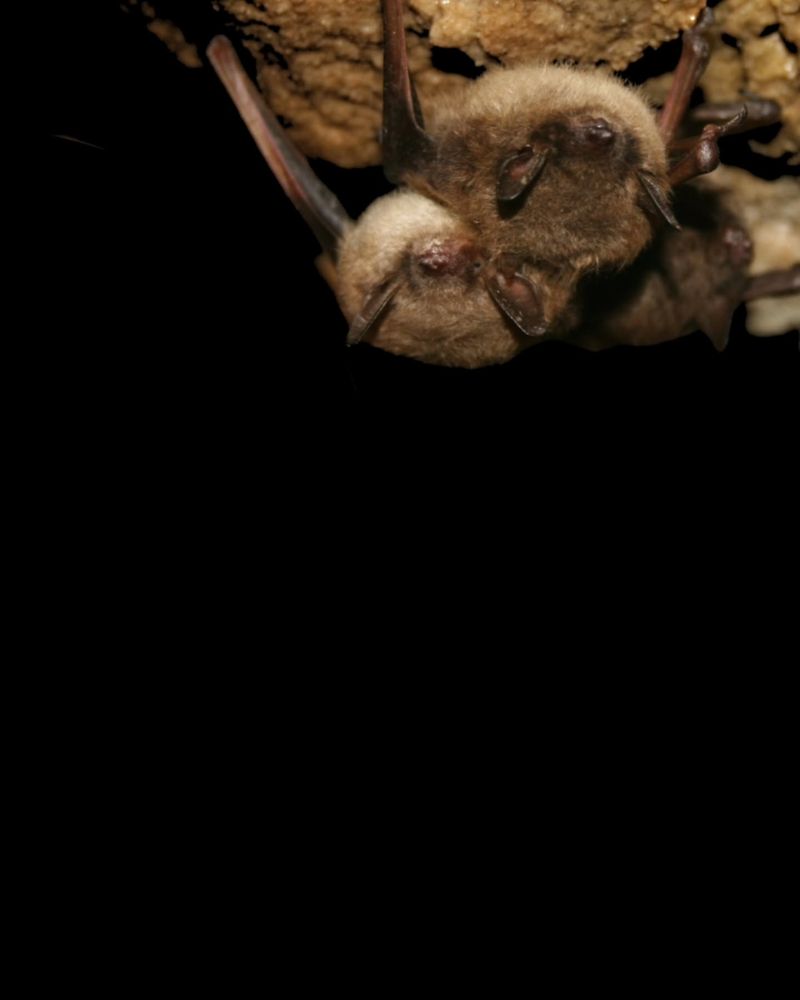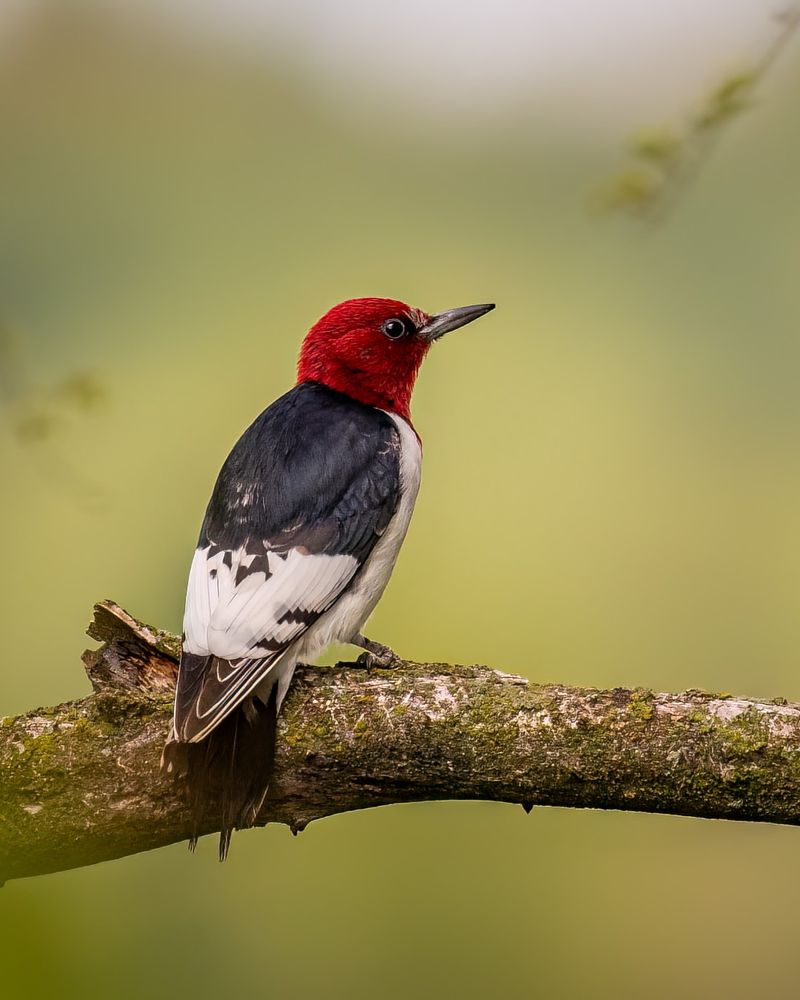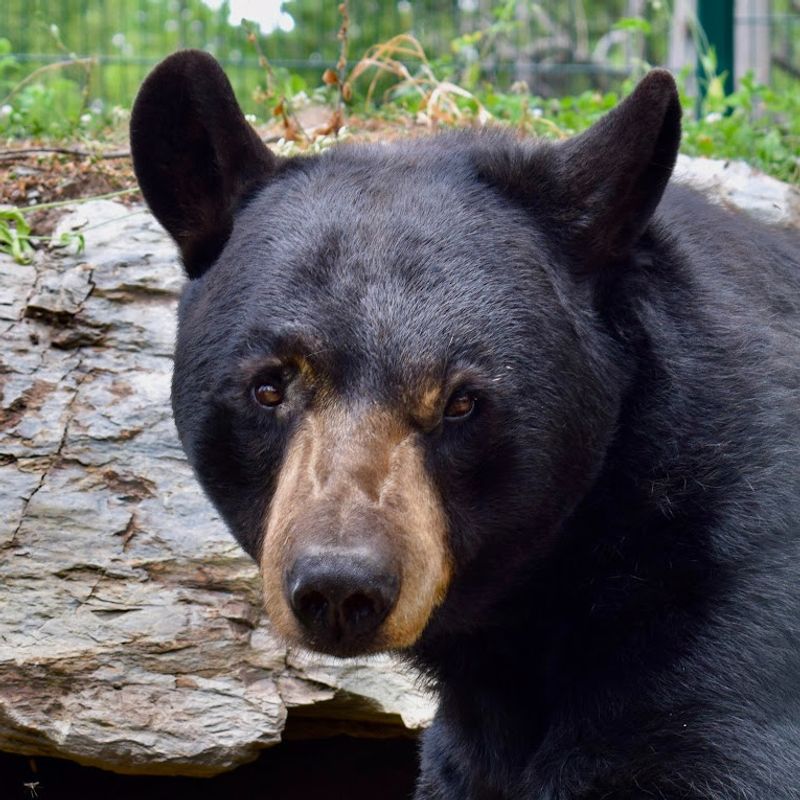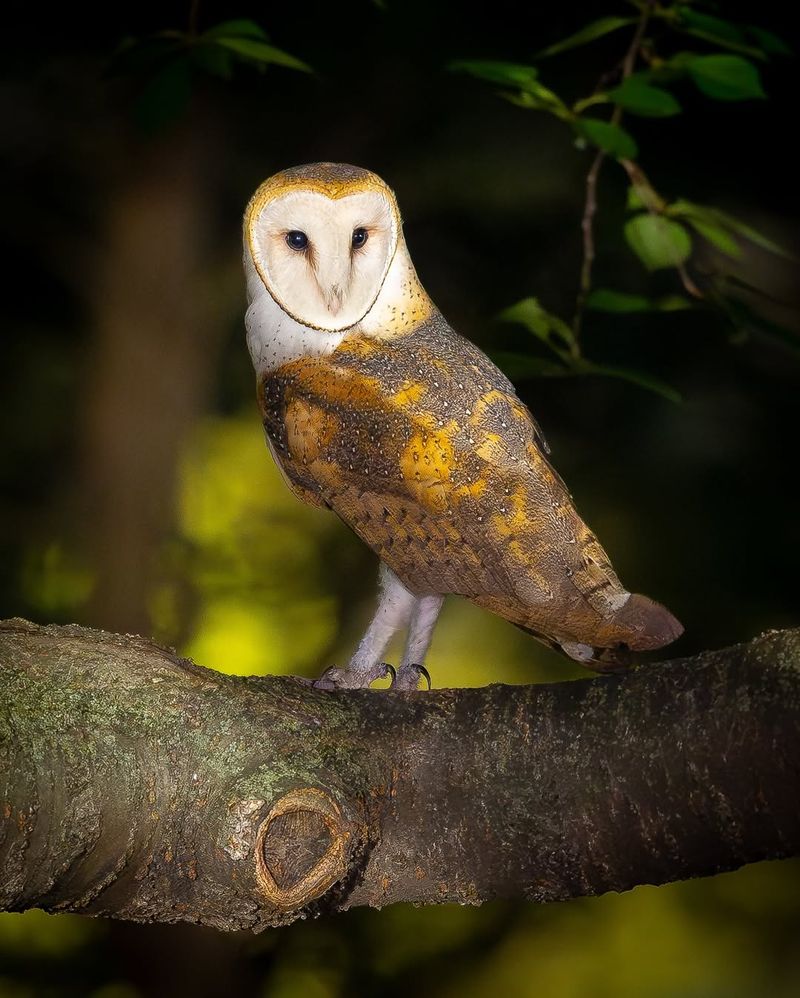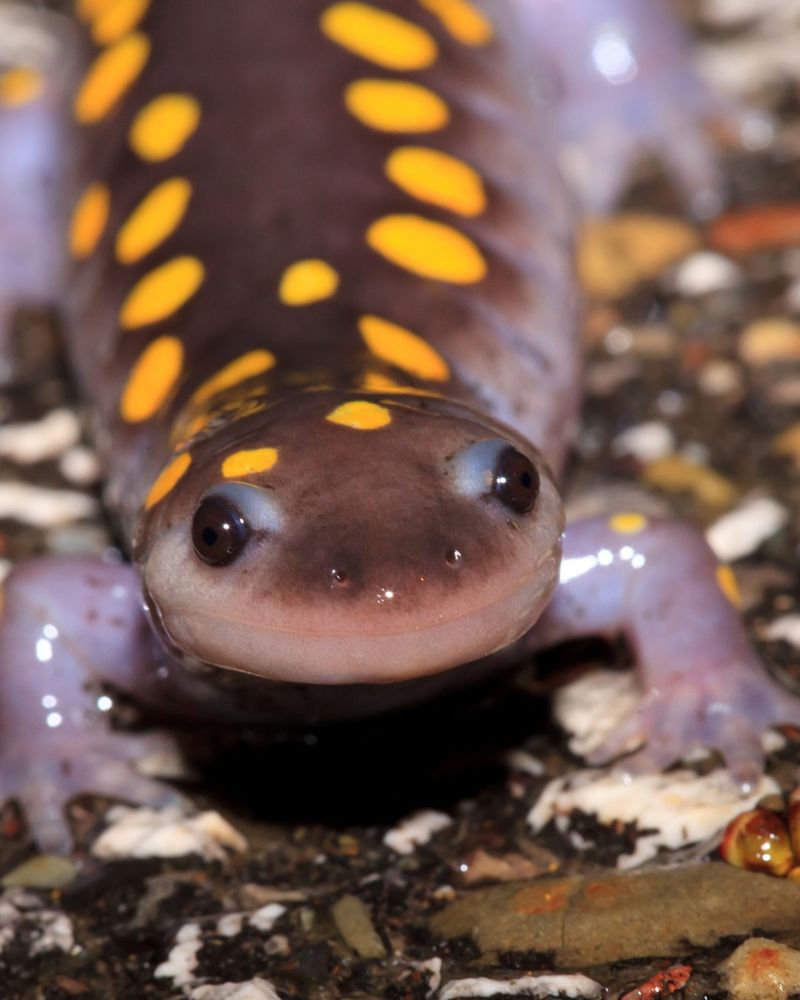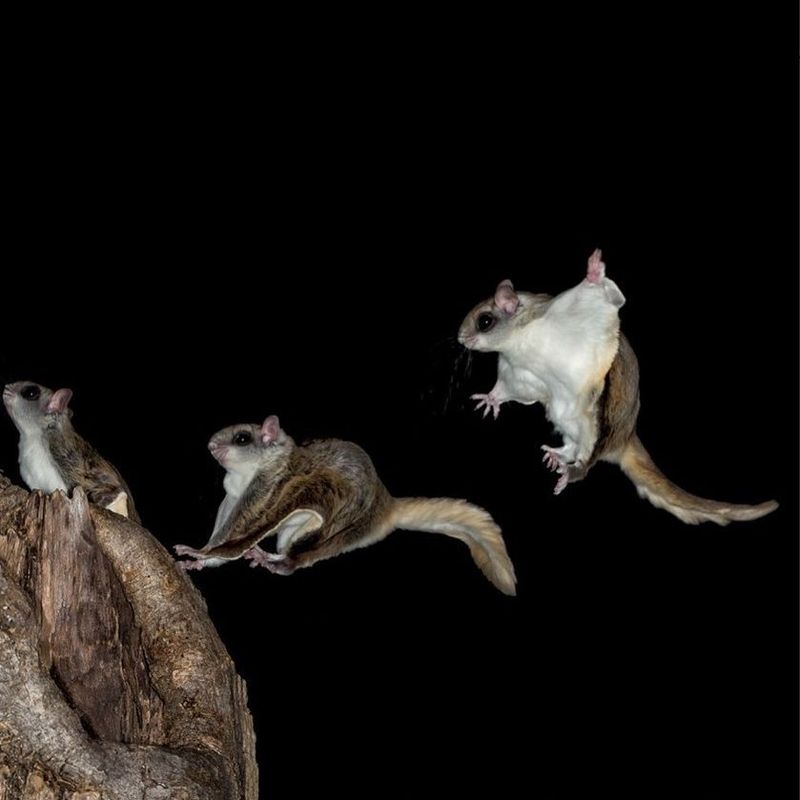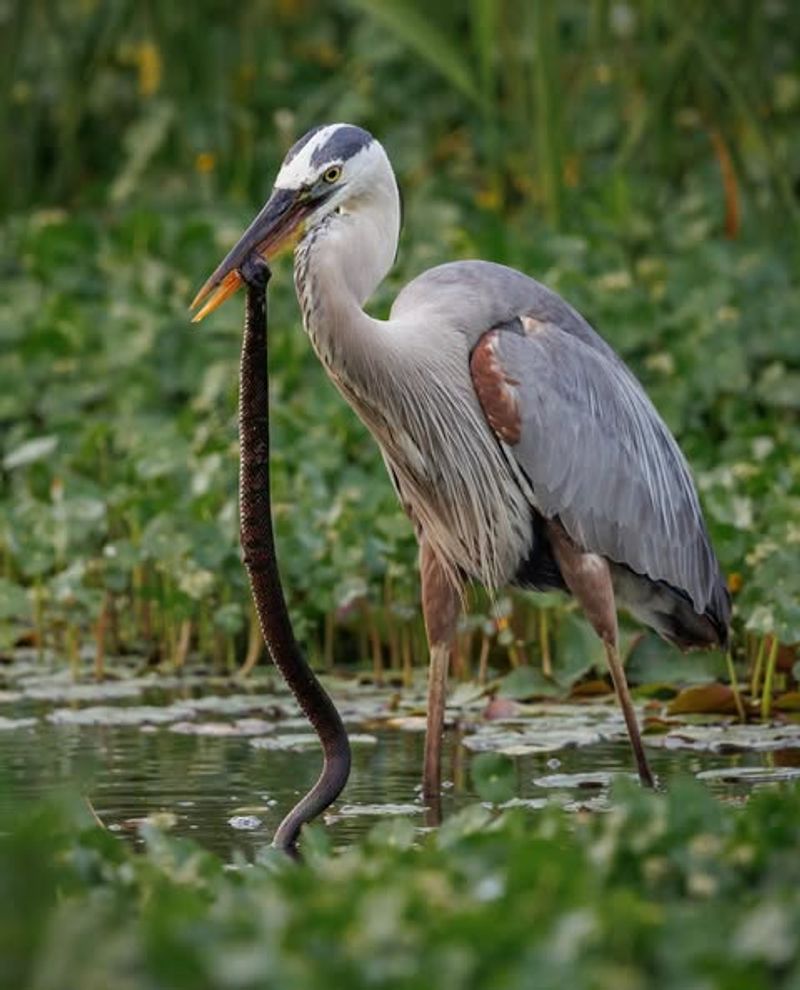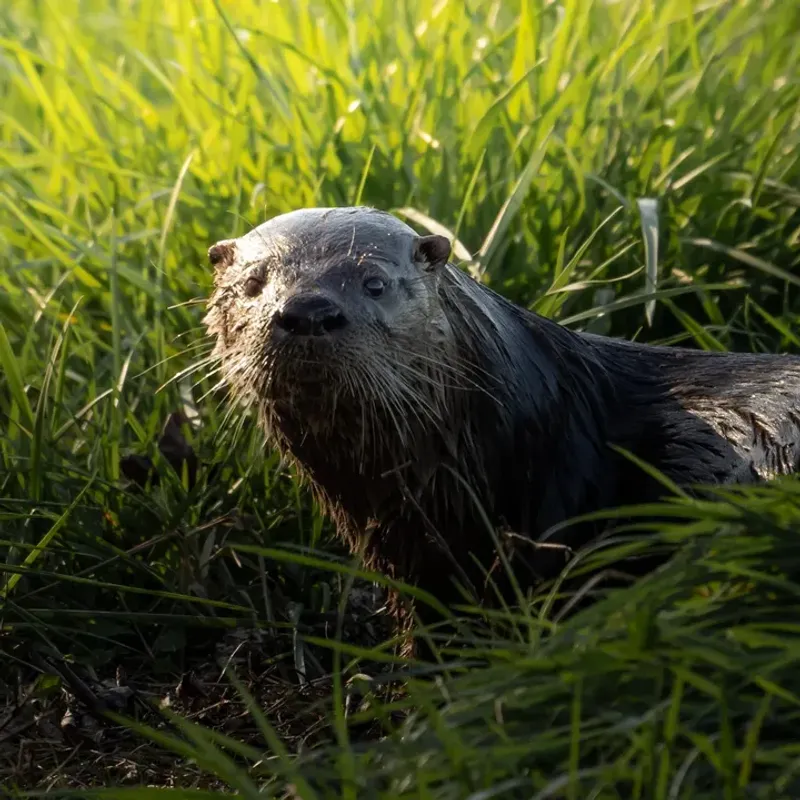Living in Virginia means sharing your space with some amazing wildlife. But did you know that certain animals are protected by law, and removing them could land you in serious trouble?
If they nest in your yard or take shelter on your property, you have to know which creatures have legal protection so that you can stay on the right side of the law while respecting nature.
1. Bald Eagles
America’s national symbol isn’t just impressive to look at—it’s also fiercely protected under federal law. Bald eagles have made a remarkable comeback in Virginia after nearly disappearing decades ago.
If one builds a nest on your property, consider yourself lucky but hands-off. Disturbing their nests or young can result in hefty fines up to $100,000 and even jail time.
Contact wildlife officials if you’re concerned about safety issues. They’ll guide you through proper protocols while keeping both you and the eagles protected.
2. Eastern Box Turtles
With their colorful domed shells and curious personalities, box turtles seem like perfect pets. But Virginia law says otherwise, protecting these slow-moving reptiles from collection or removal.
Populations have declined significantly due to habitat loss and road mortality. Moving one from your yard disrupts its home range, which can span several acres over its 50-year lifespan.
If you spot one crossing a road, you can safely move it in the direction it was heading. Otherwise, let it roam freely and enjoy watching it hunt for berries and insects.
3. Little Brown Bats
Don’t let their tiny size fool you—these nighttime hunters devour thousands of mosquitoes and harmful insects every single night. Little brown bats face serious threats from white-nose syndrome, a horrible fungal disease that’s wiped out entire colonies.
Virginia protects them year-round, especially during maternity season when mothers raise their pups. Finding bats in your attic requires calling licensed professionals who use exclusion methods.
Never seal entry points while bats are inside. Proper removal happens after they leave naturally, typically in fall when babies can fly independently.
4. Red-Headed Woodpeckers
Sporting a brilliant crimson head that looks dipped in paint, these woodpeckers are both beautiful and beneficial. They control insect populations while creating cavities that other wildlife species use for shelter.
Protected under the Migratory Bird Treaty Act, removing or harassing them carries serious penalties. Their drumming might seem annoying during nesting season, but it’s temporary and serves important communication purposes.
Install deterrents like reflective tape or netting if they’re damaging your siding. Professional wildlife services offer humane solutions that redirect their attention without breaking federal laws.
5. Black Bears
Virginia’s black bear population has grown steadily, meaning encounters on rural properties are increasingly common. Despite their intimidating size, black bears typically avoid humans and only visit yards searching for easy food sources.
State law prohibits harming or relocating bears without special permits. Secure your garbage, remove bird feeders during warm months, and never leave pet food outside overnight.
Most conflicts resolve by eliminating attractants rather than removing the animal. Wildlife officials only relocate bears as a last resort, preferring education and prevention to keep everyone safe and bears wild.
6. Barn Owls
With heart-shaped faces and silent flight, barn owls are nature’s perfect pest controllers. A single family can catch thousands of rodents annually, making them valuable allies for farmers and homeowners alike.
Federal protections mean you cannot disturb active nests or remove eggs and young birds. If they’ve claimed your barn or shed, you’re hosting beneficial guests that work the night shift.
Wait until nesting season ends before sealing entry points. Installing nest boxes elsewhere on your property gives them alternative housing while protecting your structures from future occupancy.
7. Spotted Salamanders
Every spring, these secretive amphibians emerge from underground hideouts for their annual breeding migration to vernal pools. Bright yellow spots dot their glossy black bodies, making them look like they’re wearing polka dots.
Virginia protects salamanders because they’re environmental indicators—healthy populations mean healthy ecosystems. Capturing or selling them violates state wildlife regulations.
If you have a breeding pool on your property, you’re witnessing something special that happens just once yearly. Avoid draining seasonal wetlands and minimize pesticide use to support these fascinating creatures and countless other species.
8. Chimney Swifts
Shaped like flying cigars, chimney swifts spend almost their entire lives airborne, catching insects on the wing. They’ve adapted to nest inside chimneys after losing natural hollow trees to development.
Protected under federal law, these birds cannot be removed during nesting season, which runs from April through August. Their twittering chatter might echo down your chimney, but they’re temporary residents.
Cap your chimney only after they migrate south in fall. Installing a chimney cap with proper screening prevents future nesting while maintaining ventilation and keeping out other animals year-round.
9. Timber Rattlesnakes
Before you reach for a shovel, know that removing this venomous snake is illegal in Virginia. Timber rattlesnakes play crucial roles controlling rodent populations and rarely bite unless threatened or stepped on accidentally.
Their numbers have declined dramatically due to habitat loss and human persecution. State law protects them as a species of concern, with violations carrying substantial fines.
If one takes up residence near your home, contact wildlife removal experts who relocate them safely. Give them space, watch where you step during warm months, and remember they’re far more afraid of you.
10. Northern Flying Squirrels
Unlike their common gray cousins, northern flying squirrels are rare in Virginia and found only in high-elevation forests. They don’t actually fly but glide between trees using special skin membranes stretched between their legs.
Listed as state endangered, harming or capturing them is strictly prohibited. These nocturnal acrobats need mature forests with plenty of tree cavities and fungus, their primary food source.
Spotting one is extremely unlikely unless you live in mountainous western Virginia. If you do encounter one, consider it a privilege and report the sighting to wildlife biologists tracking their populations.
11. Great Blue Herons
Standing over four feet tall with impressive wingspans, great blue herons are patient hunters that wade through ponds and streams spearing fish. They often nest in colonies called rookeries, returning to the same trees year after year.
Federal law protects these majestic wading birds from harassment or harm. If they’re eating your koi or goldfish, pond netting offers protection without violating wildlife regulations.
Destroying nests or eggs carries serious penalties under the Migratory Bird Treaty Act. Appreciate their hunting skills from a distance and consider it nature’s fishing show happening right in your backyard.
12. Peregrine Falcons
Known as the world’s fastest animal, peregrine falcons dive at speeds exceeding 200 miles per hour when hunting prey. Once nearly extinct due to pesticide poisoning, they’ve rebounded thanks to conservation efforts and strict legal protections.
In Virginia, they nest on cliff faces, bridges, and tall buildings. Federal law prohibits disturbing nests or young during breeding season, typically March through July.
If they nest on your property’s structures, contact wildlife officials for guidance. Their presence indicates a healthy ecosystem and provides natural pest control by hunting pigeons and other birds around urban areas.
13. River Otters
Few animals are as entertaining as river otters, which slide down muddy banks and play in the water with obvious joy. Their comeback in Virginia waterways represents a major conservation success story after decades of absence.
State regulations protect otters from unauthorized trapping or removal. They’re indicators of clean, healthy aquatic ecosystems with abundant fish populations.
If otters visit your pond repeatedly, they’re likely feeding on fish. Installing pond fencing or restocking with less expensive fish species helps, but removing the otters isn’t legal. Their playful antics and ecological importance make them worth accommodating whenever possible.

